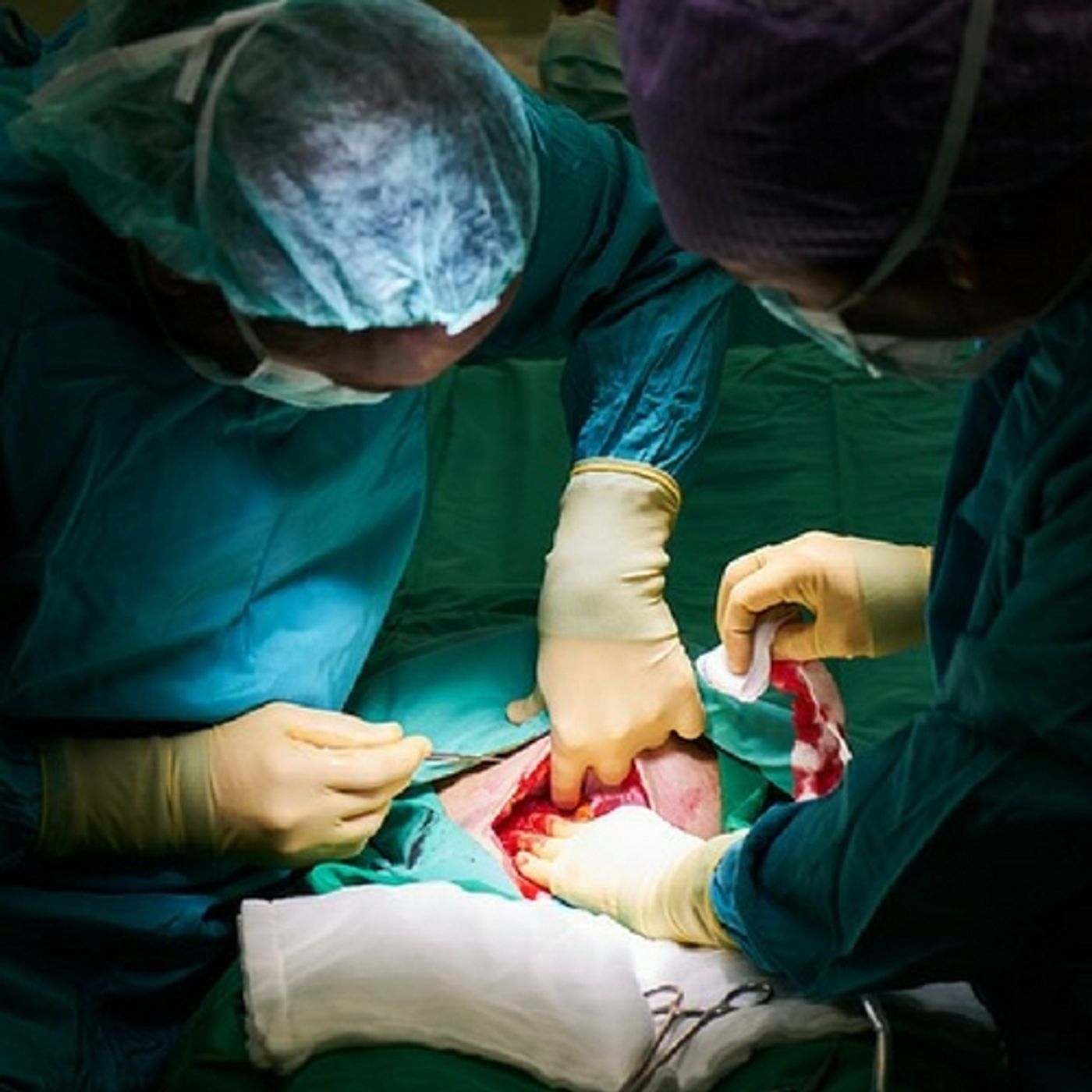C-Sections Raise the Risk for Childhood Obesity
Every day, according to the U.S. Census Bureau, 361, 481 babies are born, worldwide. Many of those births are via Caesarean section. In the United States, the CDC reports that 32% of births each year are from C-sections.
Having a C-section is major surgery, and the recovery from it can take longer for both the mother and the baby. The risks go up with surgical birth compared to vaginal birth, including infection, bleeding, and complications from anesthesia, but many times there is no other options. A recent review of studies on long-term implications for both mom and baby after Caesarean. Sarah Stock from the MRC Centre for Reproductive Health at the University of Edinburgh, UK, was the lead author on the study published in PLOS Medicine.
The review of existing research included data from 29,874,274 patients, all of whom were part of 79 cohort studies and one randomized control study. Long-term outcomes were studied in mothers who had experienced vaginal births and Caesarean deliveries. The news wasn't all bad. Mothers who had c-sections had a decreased risk of post-natal urinary incontinence and pelvic prolapse, but there were some significant findings that showed an increased risk in children for asthma and obesity later in life and increased risks for mothers in future pregnancies.
Crunching the numbers showed that among babies born via Caesarean, there was 59% increased the risk of becoming obese by the age of five. The risks don't stop in early childhood either according to the findings. Children who came into the world vaginally were 21% less likely than those born by Caesarean to develop asthma by the age of 12.
For mothers, the risks of problems in future pregnancies were also addressed. Once a woman has given birth surgically, her risk for miscarriage, stillbirth, placenta previa, placental abruption, and placenta accrete, all of which are dangerous medical concerns and could threaten the life of a mother during childbirth. As with any surgery, there are increased risks of blood clots, stroke and problems with anesthesia as well. All of these factors make the decision to have or not have a C-section a complex one for both mothers and their healthcare providers.
There were some caveats to the study, however. It was mostly based on observational data, so a direct link to causation should not be inferred. Dr. Stock stated, "Although we cannot conclude that cesarean delivery causes certain outcomes, pregnant women and clinicians should be aware that cesarean delivery is associated with long-term risks for the baby and subsequent pregnancies. This information should help inform discussions about mode of delivery, and may facilitate appropriate personalized delivery planning and shared decision making." Also, there was no distinction made in the study between elective, planned C-sections, and those performed on an emergency basis. The video below talks about the research, take a look.










